Prompted by Neil Brown’s perceptive analysis of the role of arts administrator (‘Brown Study’, 22/4) as among the more useless and counter-productive in human history I sense this subject might be overdue now for further airing. In the past half century almost anything that is good, inspiring or enjoyable in visual art has become swallowed up in the whole of the Western world through the emergence of so-called ‘state art’ – in Australia and Britain especially.
State art is where one encounters arts administrators not just in their greatest profusion but in their most blinkered and totalitarian form. When John Maynard Keynes assumed chairmanship of the CEMA (Council for the Encouragement of Music and the Arts) which later became the Arts Council of Great Britain – perhaps prophetically on April Fool’s Day 1942 – he failed signally to foresee the gross cronyism and leftist politicisation of art which was probably always inevitable. The ACGB was of course the mother of all subsequent arts councils including the Australia Council in 1973.
Unlike Keynes, everyone I have ever respected in art foresaw almost everything which has subsequently happened and a number of us also regularly put our careers on the line. Former British critical colleague the late Brian Sewell in his book Naked Emperors (Quartet, 2012) described the ACGB as ‘a nest of vipers’ and in my August 2015 Quadrant review of that book I even suggested he was being too kind.
What has occurred in democracies in the past half century is a proliferation of pockets of virtual totalitarianism within the supposedly democratic body as a whole. The origin for such behaviour is invariably ideological even though the ideology in question is very far from being widely agreed. As in overtly totalitarian countries power is thus the key while the so-called ‘long march through the institutions’ provides an invariable context these days for such behaviour. English journalist Bruce Anderson summed this whole matter up with admirable clarity and brevity in this April’s Quadrant: ‘Gramsci was the most formidable Marxist after the founding father. He realised that the proletarian revolution was not enough and that there were other ways forward. He advocated a long march through the institutions: educational, cultural, journalistic, bureaucratic, ecclesiastical. This has been alarmingly successful, thanks in part to widespread naivety among conservatives, who thought they were being hard-headed when they reasoned: “Leave culture to the leftists. What harm can they do”. This is dangerous nonsense…’
Just how dangerous has long been apparent to at least some of us. Here is Courtauld-trained art historian David Lee who edits The Jackdaw: ‘State art is an invention of my lifetime. I’ve watched it evolve. It has successfully infiltrated and now controls every corner of contemporary art, funding only what it deems challenging, conceptual, minimal, etc. It is an outrageous travesty of what public funding for art should be. No artist should be excluded from assistance simply by virtue of a stylistic path, or the use of a medium, which officialdom deems misguided. State art discriminates against any traditional styles, favours the contemporary over the historical, and colludes in a sleazy manner with the marketplace. It has contributed to the ruin of the fine art college system, which now teaches practically nothing but the transparent pretence of intellectualism, and produces “artists” fit only for the state art treadmill.’
In another recent book which I reviewed, Elizabeth Durack: Art & Life Selected Writings, the late Australian artist put an educated finger on the self-same problem: ‘Nowhere more so than in the art world has political correctness become assertively rampant. Covert for some time, it is currently operating quite openly and from being, previously, a single thread among many, it now threatens to overtake and, at the same time, down-grade all other art activity thus to become the only worthwhile, worth funding, worth viewing art expression in Australia today’. Later she goes on: ‘While Political Correctness [was] derived from the academies of the US, in Australia the starting point for the art take-over was the establishment of the Council for the Arts in the early 1970s. Since then art as a centralised arm of government has become sturdily entrenched and analogous to the prickly pear and rabbit…’
A new head was appointed recently of the ACGB who, in a previous role as long-term director of the Tate Gallery, played a major role in initiating and running the annual Turner Prize, which was sponsored at one time, wholly appropriately, by an American firm of junk bond dealers. Turner would surely have turned in his grave at this misuse of his name. One year the prize was won by a work which featured the turning on and off of an electrical switch without human agency.
During my life-time, the visual arts in Britain and much of the Western world have become utterly debased and alienating to the public which is obliged nevertheless to pay for them. In my worst nightmares I imagine a similar assault on serious music: ‘What about a Bach Prize chaps which could do for sublime music what the Turner Prize has done already for visual art?’.
In a recent issue of the Weekend Australian which rightly praised the rare and much needed artistic and human virtues of the late Bill Leak, the man who first employed him, Paul Kelly, wrote: ‘Bill Leak stood for enduring values against the tyranny of our times.’ However an unconnected article in that same issue – also noticed by Neil Brown – told a tale of abject surrender to just such tyranny by the present Coalition government.
A recent, totally abject and unjustified caving-in to the Australia Council in fact.
Got something to add? Join the discussion and comment below.
Get 10 issues for just $10
Subscribe to The Spectator Australia today for the next 10 magazine issues, plus full online access, for just $10.
You might disagree with half of it, but you’ll enjoy reading all of it. Try your first month for free, then just $2 a week for the remainder of your first year.


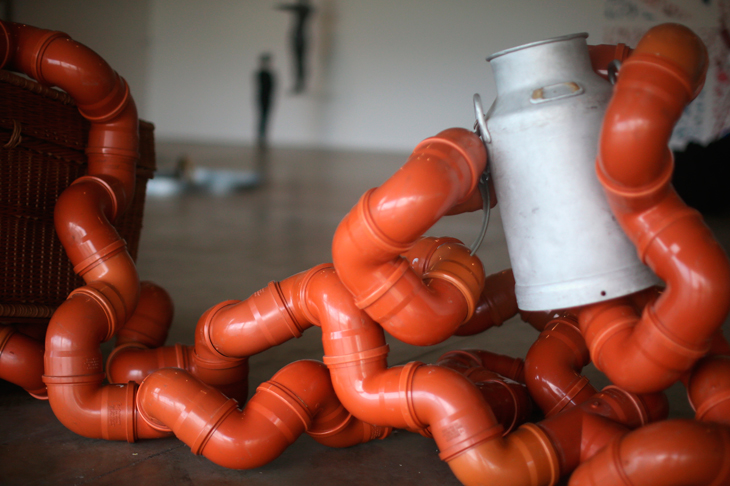
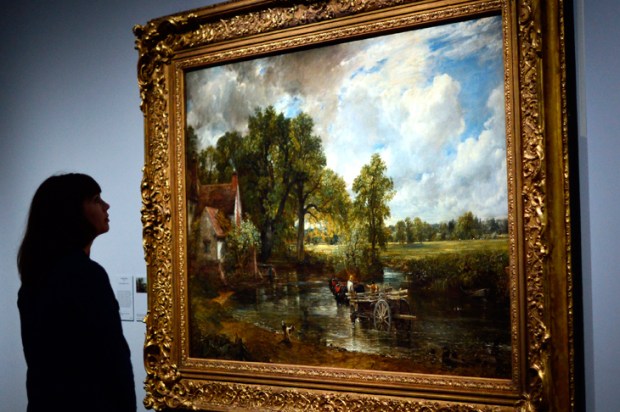
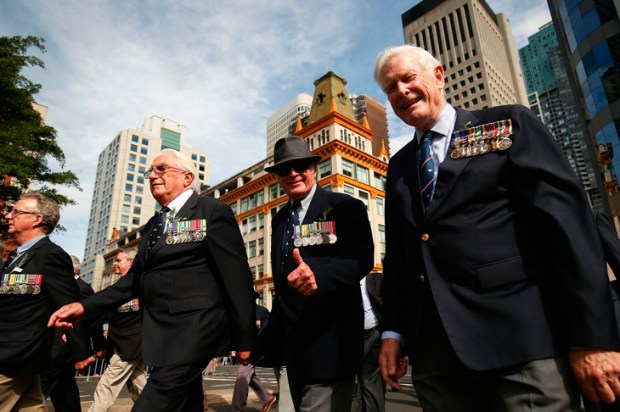
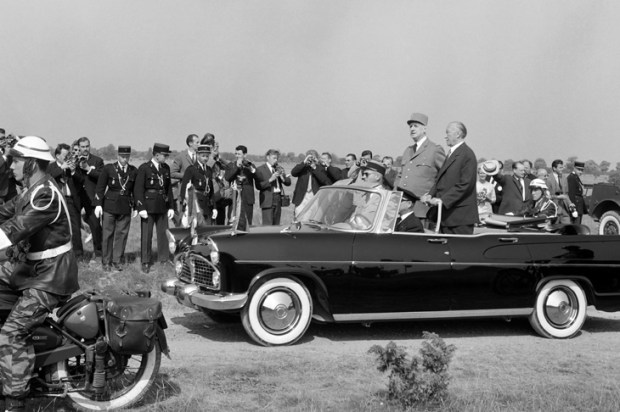
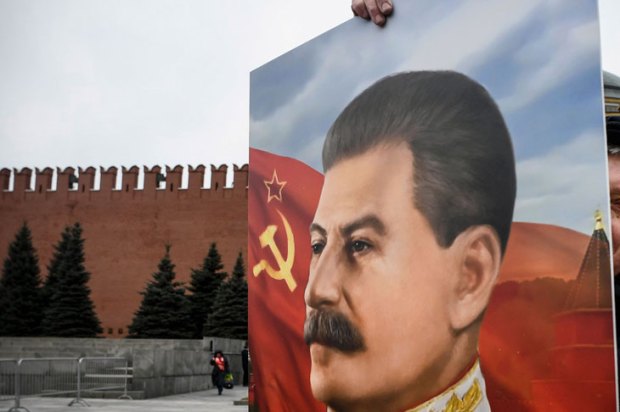
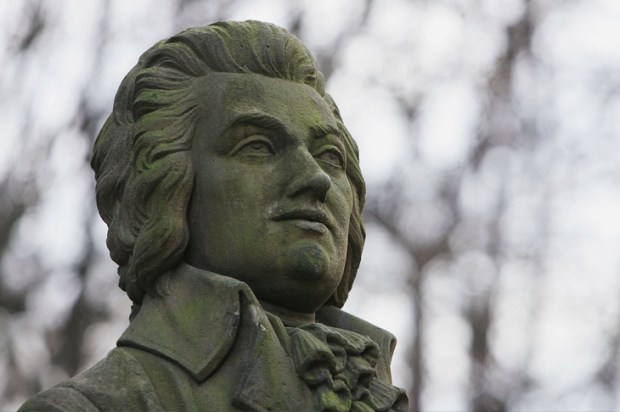
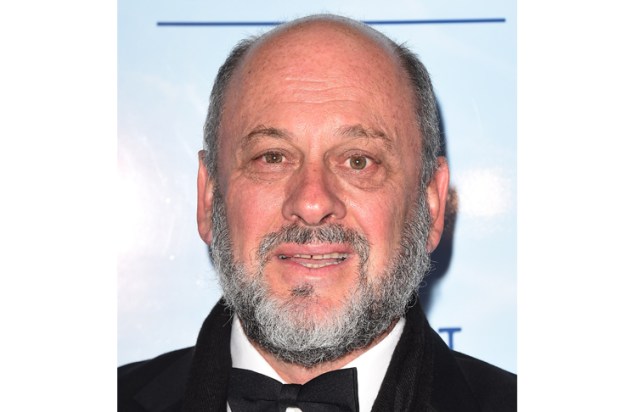






Comments
Don't miss out
Join the conversation with other Spectator Australia readers. Subscribe to leave a comment.
SUBSCRIBEAlready a subscriber? Log in